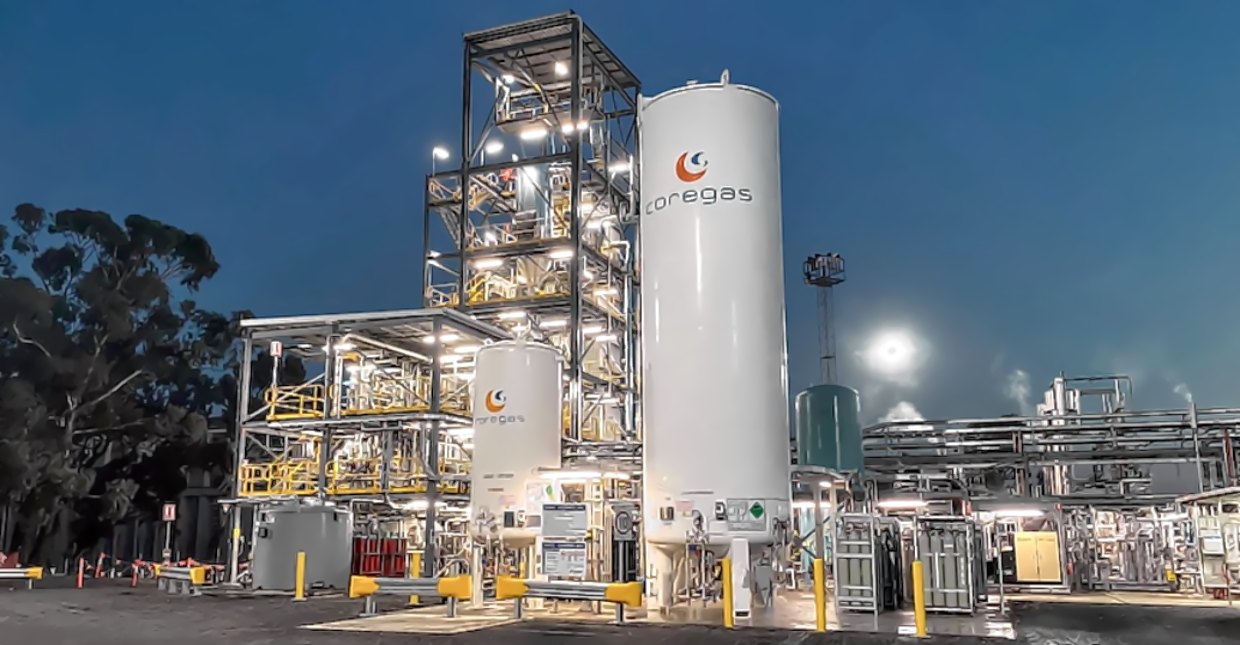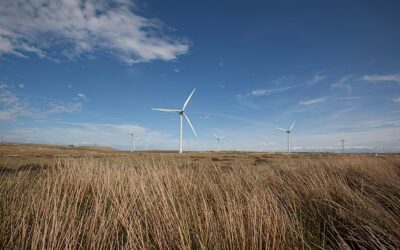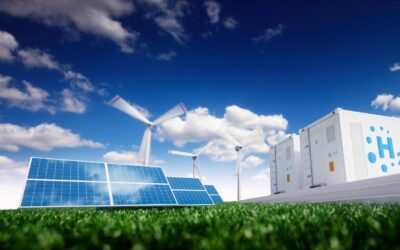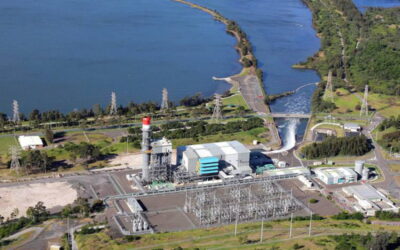A Japanese consortium hopes the production of hydrogen using coal from the Latrobe Valley in a world-first trial will prove it is possible to export the emerging fuel source.
Key points:
- Hydrogen has been produced from coal in Victoria’s Latrobe Valley
- A Japanese consortium wants to test whether it is possible to export the emerging fuel source
- But environmental groups are sceptical about the potential of hydrogen made using coal
The consortium has produced the first hydrogen at a plant at the Loy Yang mine, south-east of Traralgon, and plans to transport it to Japan from the Port of Hastings in a specially designed ship later this year.
The $500 million Hydrogen Energy Supply Chain (HESC) project involves creating hydrogen gas at the plant and refining it for transport.
Hydrogen is touted as a clean energy source with a range of uses including in fuel cells and powering vehicles.
The project is in its pilot phase, and because producing hydrogen using coal creates greenhouse gases, it will not commercialise it unless it is able to capture and store the emissions.
Announced in April 2018, then-prime minister Malcolm Turnbull attended the launch of the project, which received $50 million each from the Victorian and federal governments.
Professor Alan Finkel, the Commonwealth’s special adviser on low-emissions technology, said hydrogen was part of a “world-changing transition”.
“Hydrogen is part of the future transition that around the world economies are going to go through towards zero emissions,” he said.
“The world’s going to need a lot of hydrogen, and so the more ways we can get that hydrogen the better.”
‘Very, very versatile’
A member of the consortium behind a project to export hydrogen made from brown coal says hydrogen exports have the potential to create large numbers.
Jeremy Stone from Japanese electricity provider J-Power said the pilot project had created about 400 jobs in Victoria and could create “thousands more” if it was commercialised.
“Hydrogen is a very, very versatile fuel so it can be used to make energy, electricity, but also can be used as storage, can be used as transportation, it can be used in industry,” Mr Stone said.
“In full production, this project would save around about 1.8 million tonnes of CO2 per year, which is the equivalent of the emissions of around about 350,000 cars.”
The consortium’s plan is to use the Victorian government’s carbon capture and storage project, Carbon Net, to store the emissions.
Carbon Net is investigating the feasibility of storing greenhouse gas emissions in Bass Strait and last year drilled its first test well.
Mr Stone said there were 20 carbon capture and storage sites in operation across the world and more were in development.
“Carbon Net, which is very close by here and Gippsland, would be the perfect place to safely store that CO2 underground,” he said.




